Callao’s allure is in its history, architecture, naval culture, rocky beaches, seafood and the upscale La Punta district. All the foreign tourists to Lima inevitably visit Miraflores, Larcomar, Barranco and the historic city center. But unfortunately left out among Lima’s most interesting sites is the La Punta district of Callao.
In fact, Callao is not only prominent in my top 10 things to do in Lima, I would place it above Miraflores and Barranco for those looking for distinctly Peruvian character.
While Callao makes up part of the Lima metro area, Callao is a “constitutional province” administered by a different government. The look and feel of the streets, and certainly the people (nicknamed “chalacos”), have a flavor distinct from greater Lima.
Many Peruvians don’t visit the area because “Callao” in Peru carries the same connotation as “The Bronx” in the United States. Most of Callao is low-income, high-crime. La Punta, however, is an upscale oasis with rocky beaches and spectacular views.
La Punta del Callao

La Punta is where Callao’s wealthy live. Navy and marine officers, seaport and airport executives and, as you will see by the prevalence of yacht clubs, boating enthusiasts.
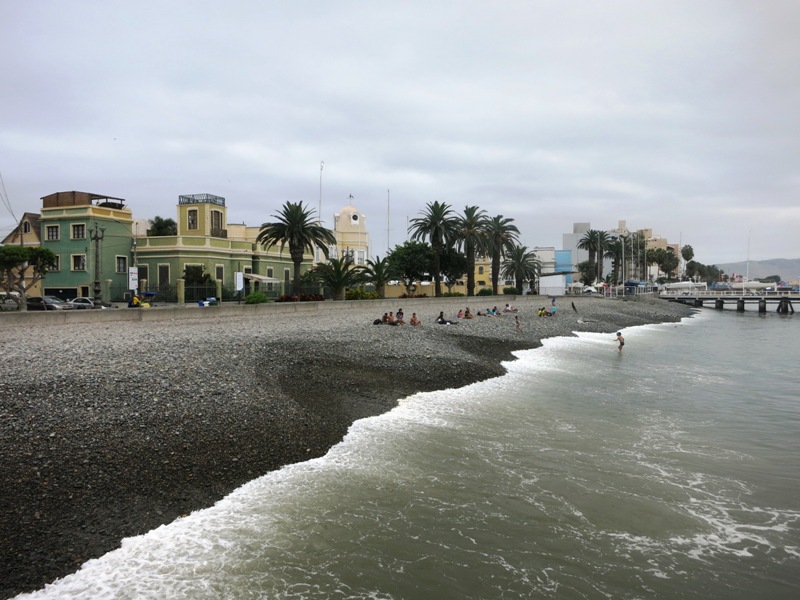
On the north shore is a manicured boardwalk and Playa Cantolao beach. The beach is rocky and the water cold, but people swim in the summer. There is an excellent children’s playground toward the end of the peninsula.
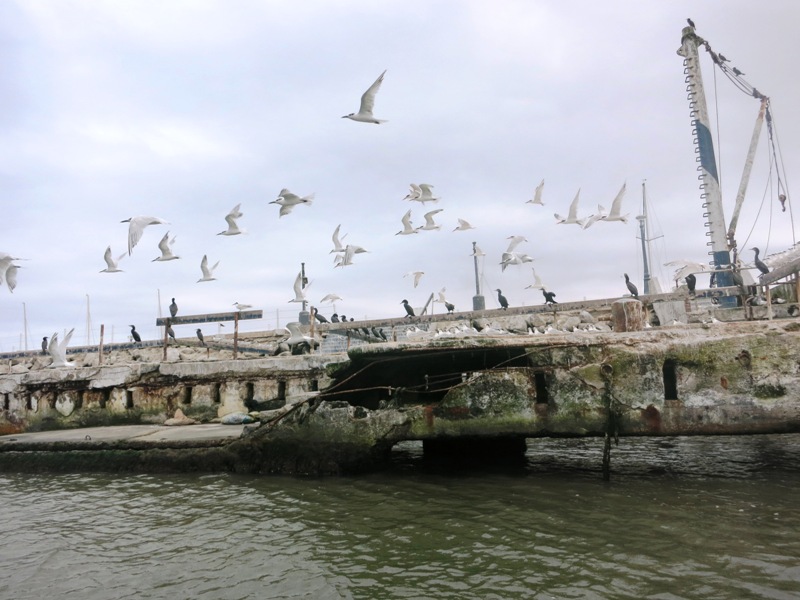
Artisanal fisherman offer tours from the Playa Cantolao beach as well. While not as good as the motorboats, they are never closed and will row you in a skiff past an old pier inhabited by seagulls, pelicans and red crabs. They also offer glimpses of a harbor for congressional boats.
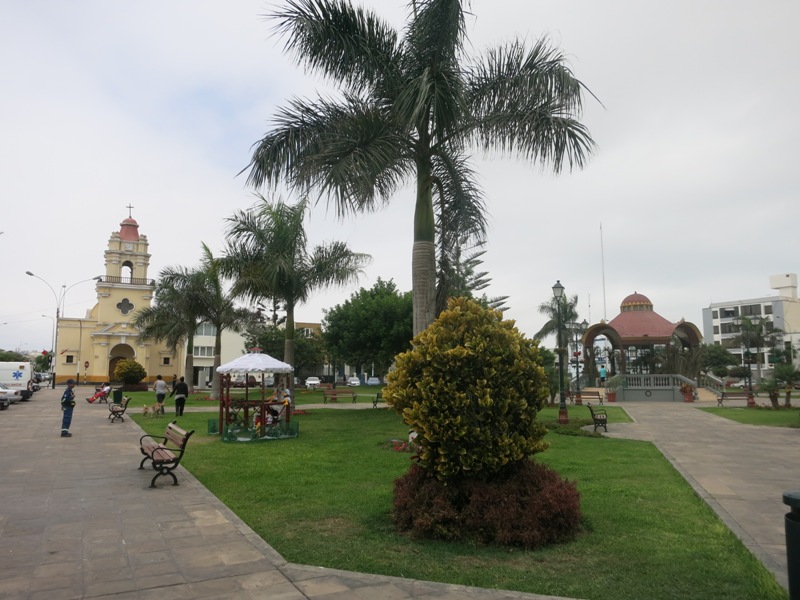
Av. Coronel Bolognesi and Av. Miguel Grau run the length of the peninsula and are home to homes built in a variety of styles: neocolonial, republican and modern. They also feature nice restaurants and stores.
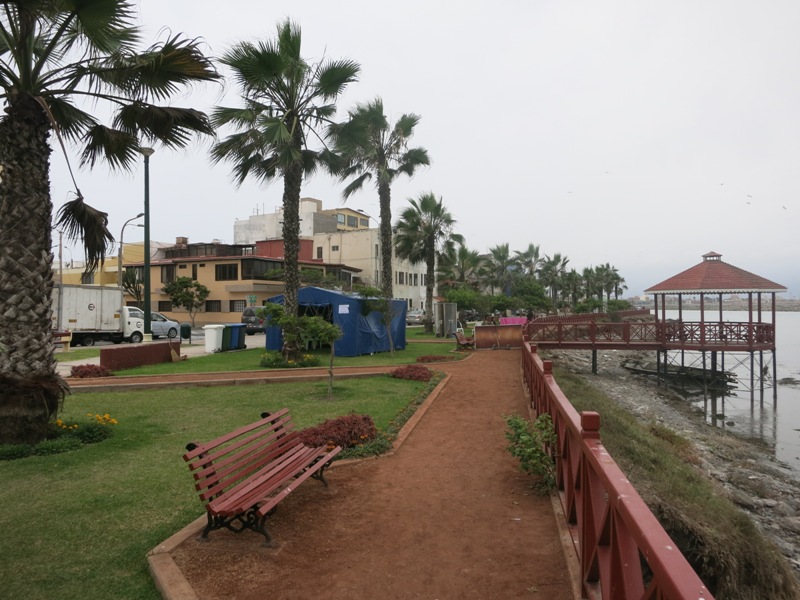
On the south shore is the Malecon Wiese boardwalk and the Playa La Arenilla beach. Despite the name, this beach is muddier than Cantolao. This shore is better for relaxing in the grassy boardwalk and enjoying views of the seagulls in the sandbars. This shore also offers a view of Lima’s Costa Verde from Miraflores to Chorrillos. The boardwalk features several gazebo lookouts, bodyweight exercise park, a soccer field and a small plaza.
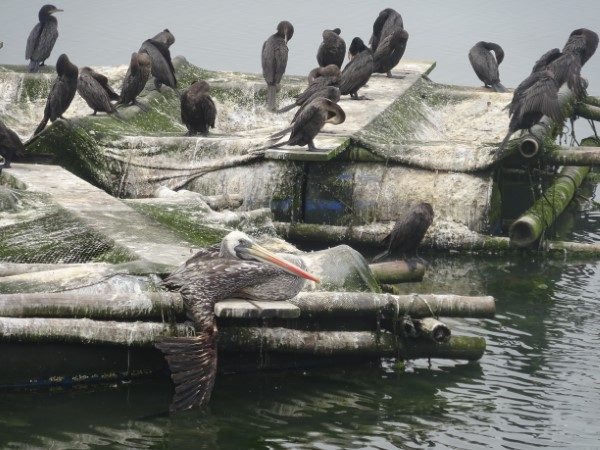
The tide pool attracts hundreds of birds. Here are all the seagulls flying away just when I had the camera out. Serious birdwatchers will prefer Pantanos de Villa, but La Punta has some great views of birds and an interesting marine life.
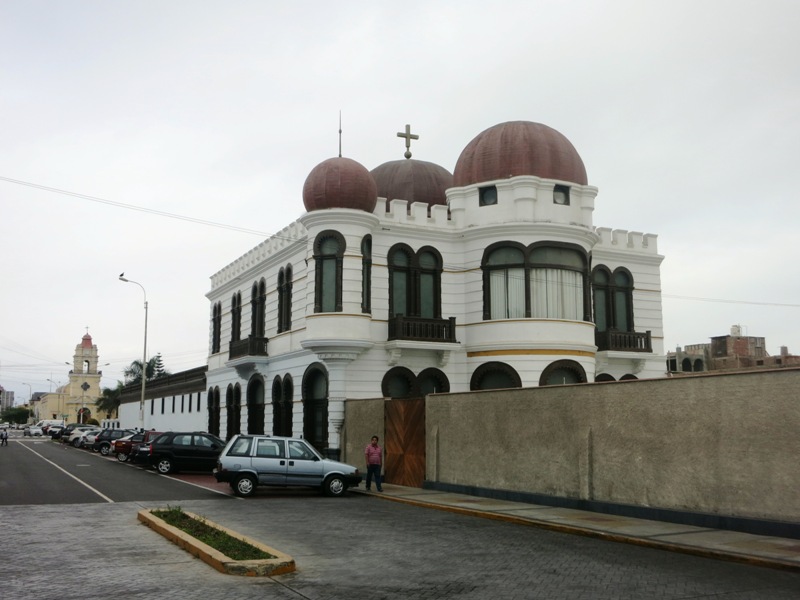
On the northern corner of the plaza are the Matriz and Noviciado Virgen de la Esperanza churches. On the western corner is the Facultad de Teología Redemptoris Mater seminary, which is unmistakable for its Moorish architecture. The Moorish arches and domed roofs are better seen from behind the building in the Plaza San Martin.

The Plaza San Martin is a large public space at the end of the peninsula. It features rocky beaches, a skate park, restaurants and the best view of the Palomino Islands (above).
For a more ecological experience, you can also take a boat tour from Plaza Grau to the Palomino Islands six miles off the coast. San Lorenzo and El Fronton islands are home to penguins, sea lions and more, as well as piles of guano (unbelievably valuable bird dung). San Lorenzo was used by pirates to stage attacks on Callao. El Fronton is home to an infamous jail which held former President Francisco Belaunde under the Velasco dictatorship, and later Shining Path guerrillas.
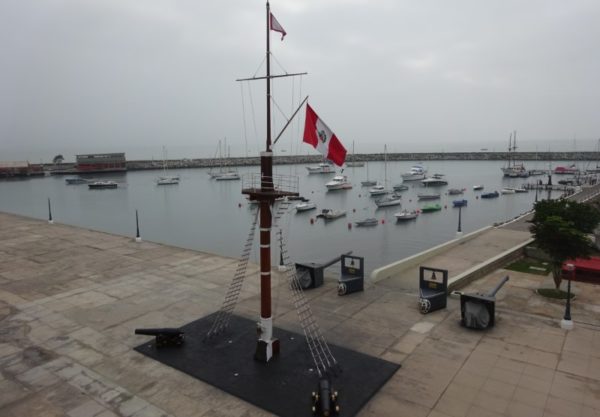
Adjacent to the plaza is the national naval academy, which is closed to the public.
Plaza Miguel Grau and the Port of Callao
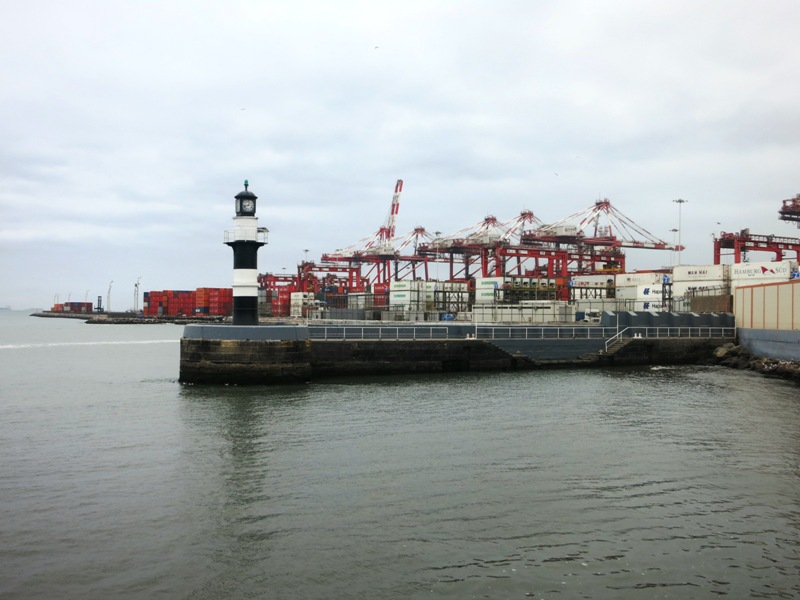
La Punta is the end of the peninsula. At the entrance is old downtown Callao, centered around the largest Pacific seaport in South America.
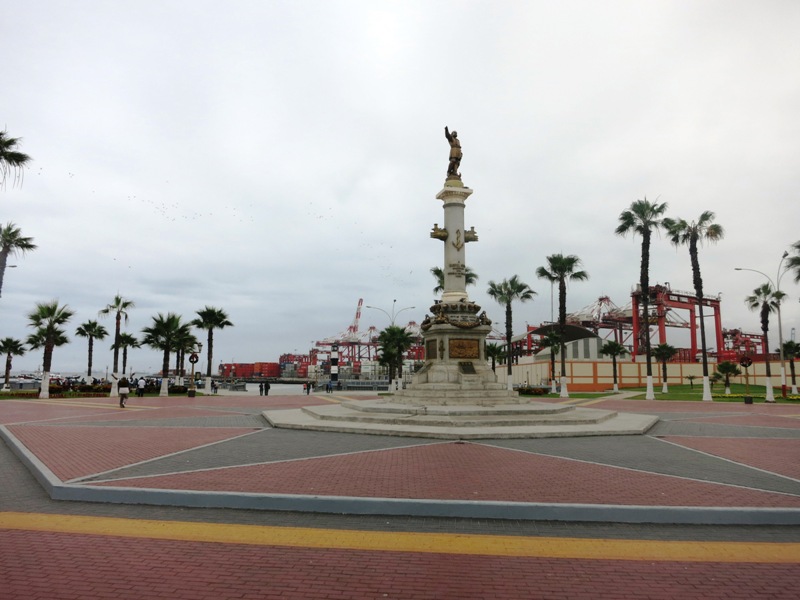
Most taxis will drop you off at Plaza Grau because there is an extra fee for entering La Punta. At the base of Muelle Sur or the “primer puerto,” Plaza Grau and the first port are located in the historic downtown district of Callao.
The plaza features a pier where you can look over the rocky coast and dozens of fishing boats anchored near the port. In my experience, the best boat tours of Callao leave from this pier. They are the best because they are given in motorized boats (as opposed to rowing skiffs in La Punta) and they offer glimpses inside the port as well as along the upscale coastline of La Punta.
Economic nerds can marvel at the size of South America’s most important seaport on the Pacific coast, handling over 25 million tons of merchandise every year. Mostly exported are durable and precious metals as well as fish products, while Peru imports just about everything else.
Francisco Pizarro chose Lima, which he named Ciudad de los Reyes (City of Kings) as the capital of the new Spanish colony because Callao offered a natural harbor protected by the Palomino Islands and the La Punta peninsula.
Over the next few hundred years as a Spanish colony, millions of tons of Peru’s mineral wealth was shipped out of Callao to Panama and carried overland before being shipped to Spain.
Cercado del Callao
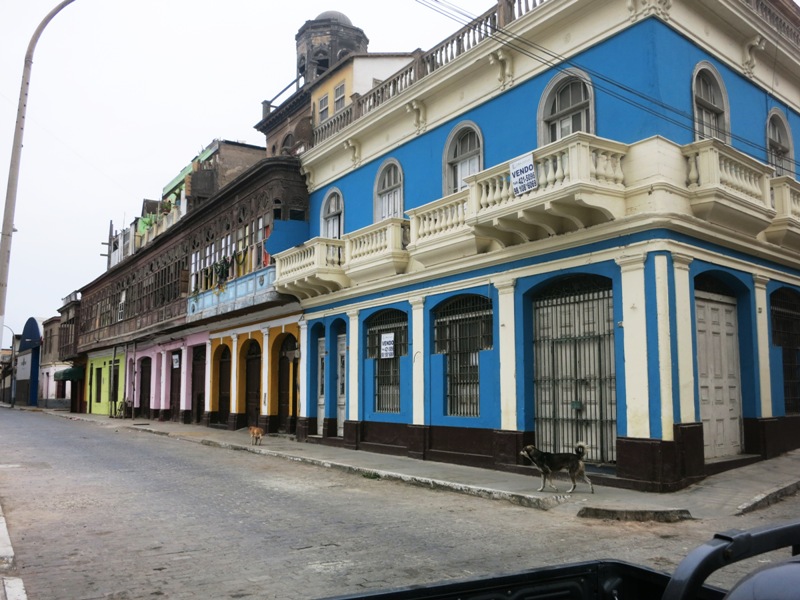
Historic downtown Callao is the area east of the port, or walking straight out or to the left from Plaza Grau.
As a colony, Peru lived under a mercantilist monopoly so all trade had to go through Spain. Independence opened Callao, Peru’s international window to the world, to investment from other parts of the world. The area flourished as money poured in from international shipping and trading companies.
Like many boom towns, however, Callao has fallen from its heights. The wooden balconies of many buildings, a signature feature in Lima architecture, seem to be on the verge of collapse. While downtown Lima is a more beautiful walking tour for historic architecture, historic Callao is decayed enough to give you a sense of how old it is.
The area is dangerous after dark, but is undergoing a renovation which makes the immediate area safe during the day.
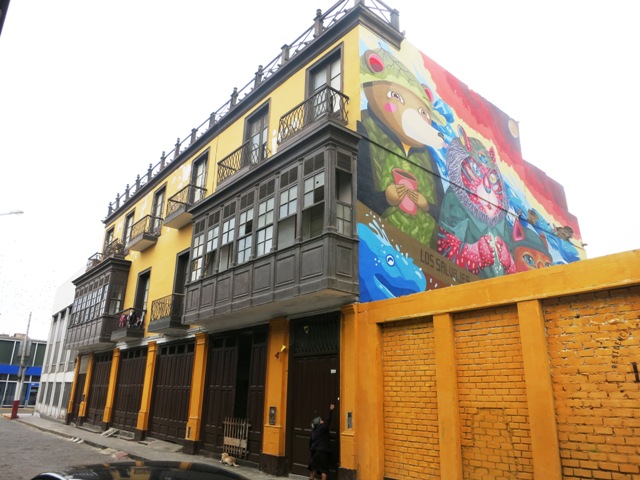
Monumental Callao is the organization which has brought in street artists to paint murals on some of the old walls, and renovated the old Casa Ronald ballroom into Fugaz, an art gallery with a coffee shop and nice restaurants.
Fortaleza Real Felipe
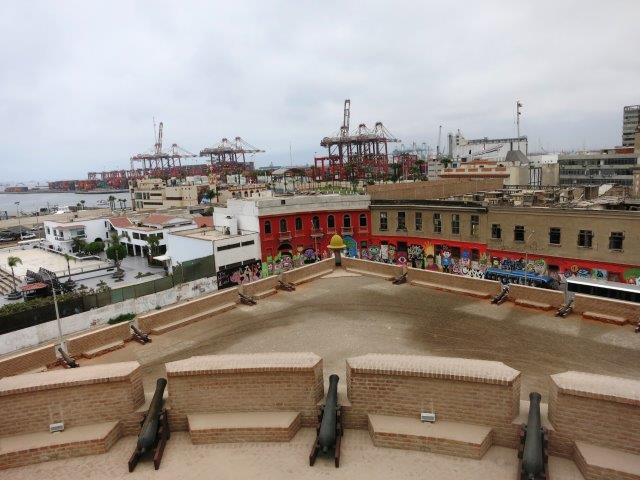
In between old Callao and La Punta is one of Lima’s most historically significant sites, the Real Felipe Fortress. This castle was built in the 18th century to defend Callao from pirate attacks.
Real Felipe was ultimately the last Spanish stronghold in South America, keeping independence armies at bay for four years until 1821. Royalists took the fortress again in 1824 and used it as a base of resistance for two more years before finally surrendering in 1826.
However Spain would not recognize Peru’s independence for decades to come. In 1866, in a move to take control of Peru’s profitable guano profits, Spain invaded Peru in the Chincha Islands War. Peru repelled a Spanish fleet with cannon fire from Real Felipe.
Today the fortress is home to a museum which we count among the top five in Lima, with guided tours in different languages.
After passing the castle you enter the Chucuito neighborhood, which was originally settled by Italian immigrants to Lima in the early 20th century. The neighborhood is known for its multi-colored wooden houses and apartment buildings. There is a beach on the north coast (on your right side), but it is not the main attraction.
Location and info
La Punta is located southwest of the port of Callao. The upscale district is shaded in blue, and the other points of interest in old Callao are indicated as well.
Pictures
Below is a virtual tour of Plaza Grau and the port, historic downtown Callao, Chucuito, Playa Cantolao, Malecon Wiese, Plaza Matriz, Plaza San Martin and the upscale homes of La Punta. For high-res slideshow viewing, see the La Punta del Callao album on the Lima City of Kings Facebook page.
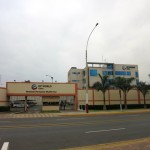
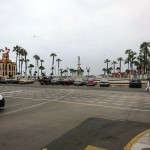
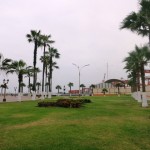
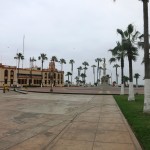
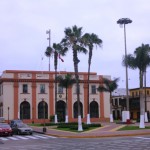
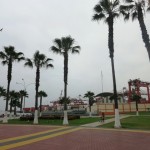
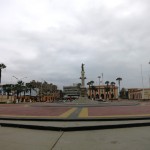
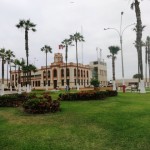
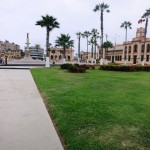
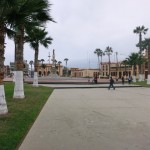
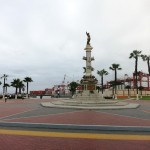
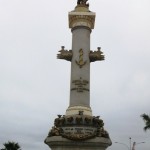
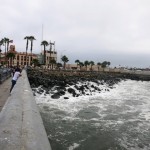
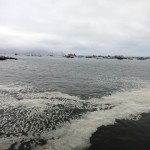
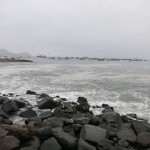
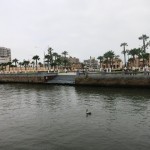
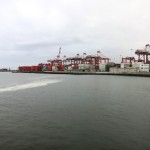
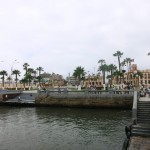
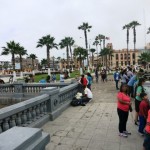
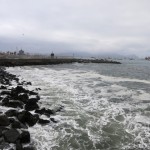

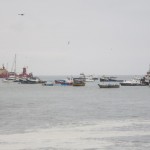

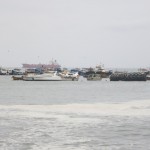
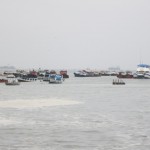

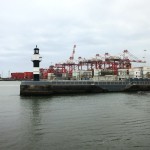

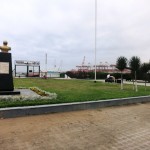
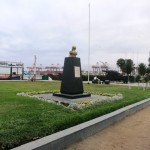
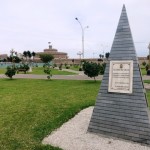
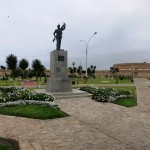
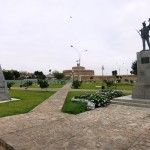
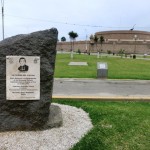
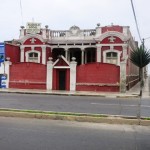
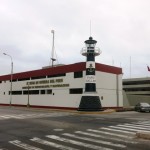
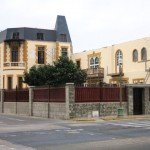
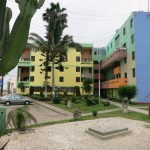
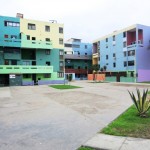
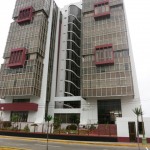
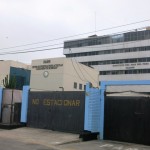

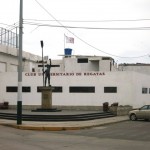
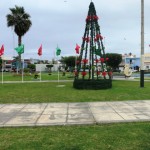

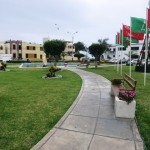
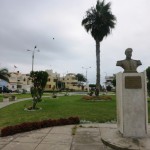

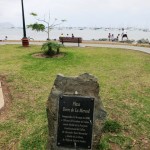
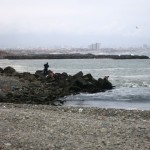
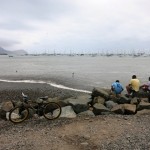
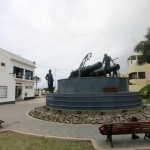
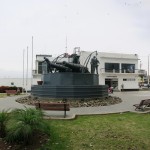
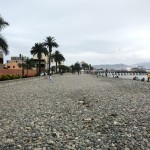

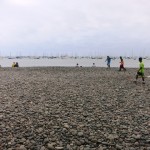
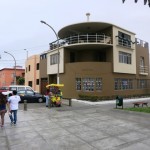
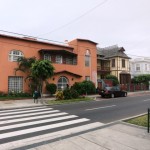
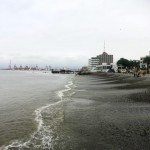
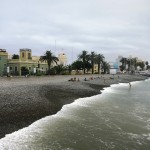
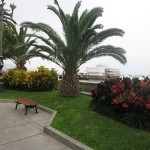
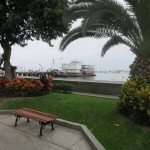
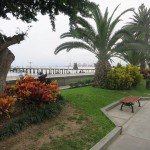
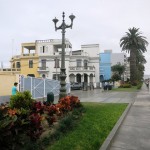

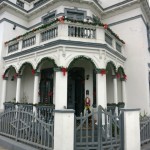
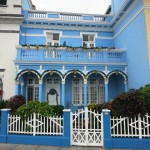
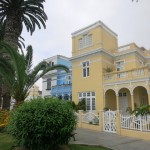
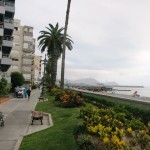

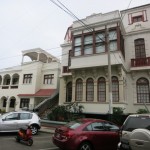
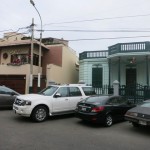
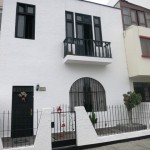
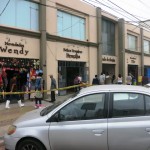
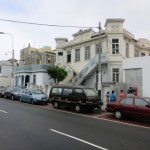
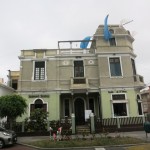
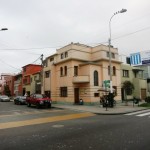
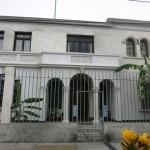
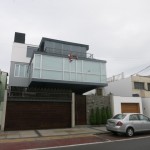
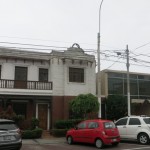
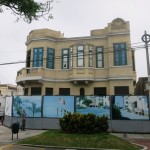
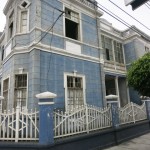
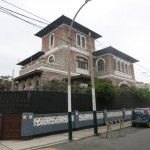
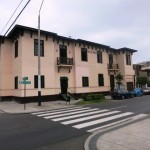
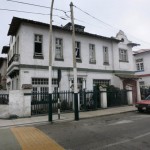
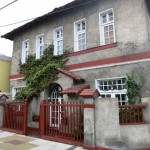
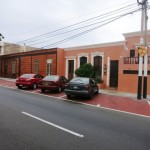
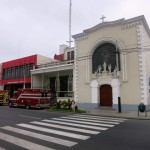
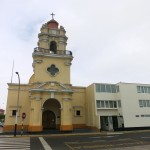
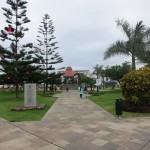
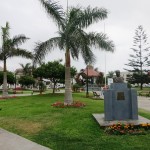
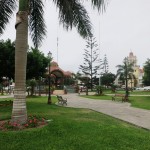
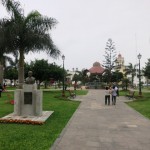
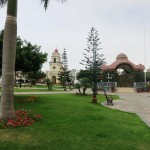
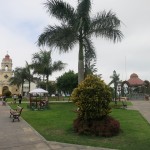
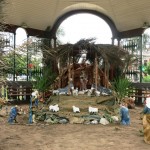
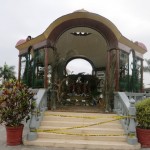
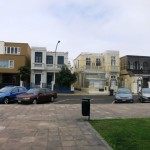
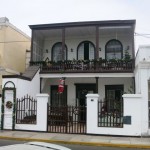
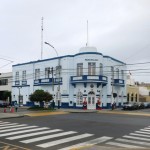
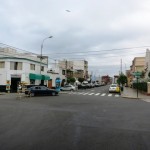
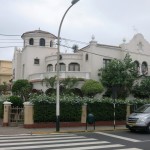
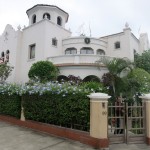
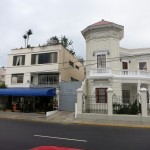
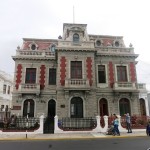
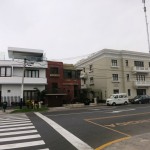
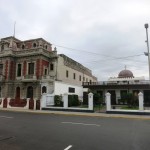
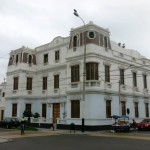
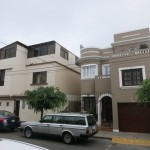
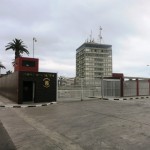
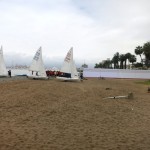
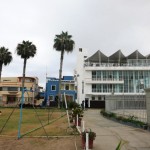
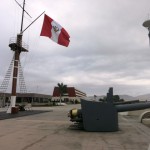
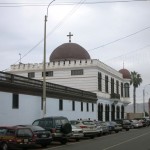
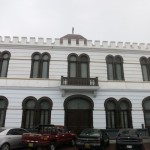
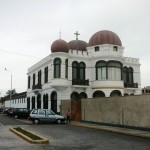
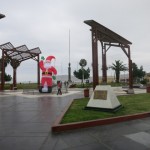
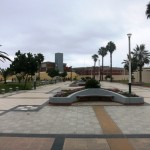
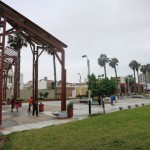
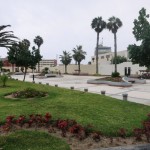
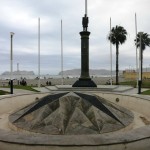

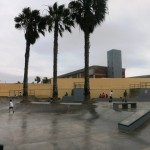
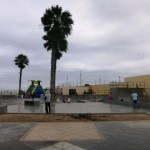
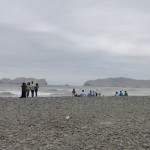
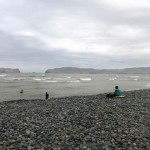
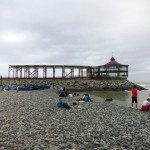

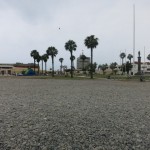
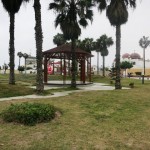


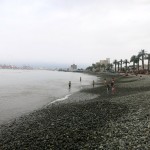
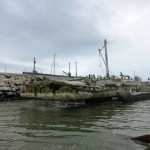
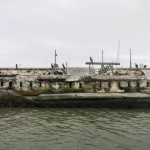
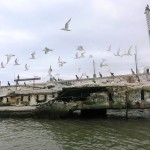
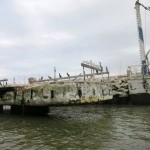

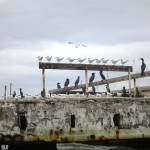
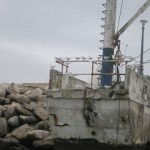
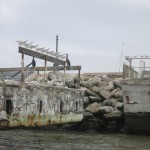
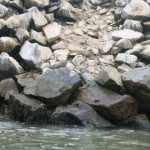

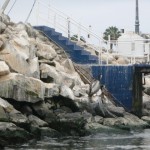
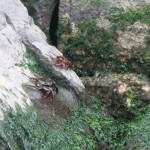


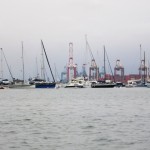

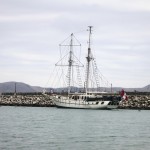
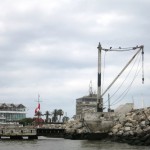
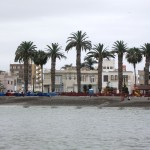
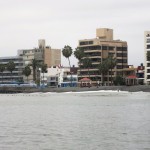
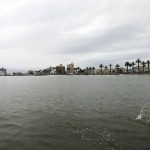
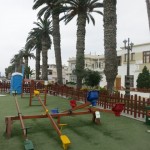
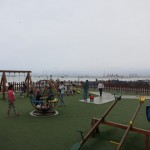
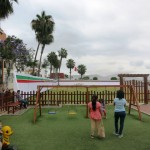


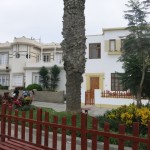
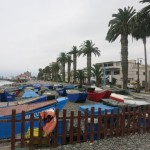
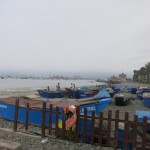
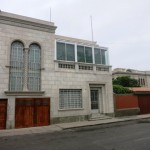
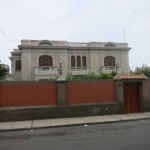
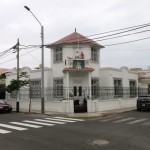
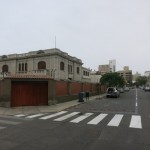
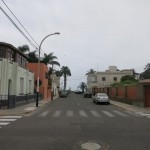
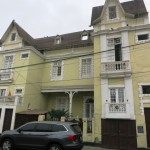
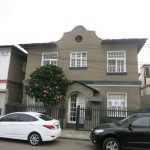
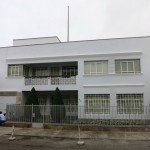
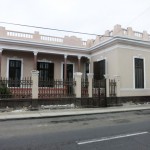
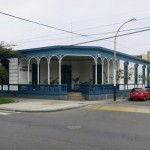

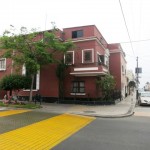
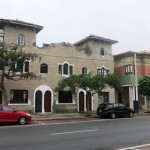
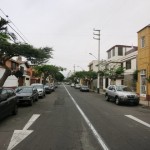
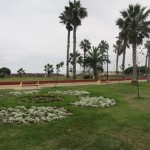
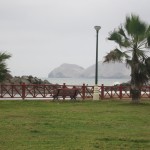
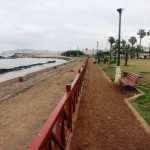
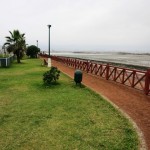
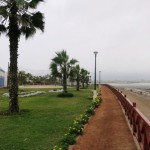
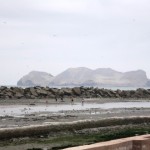
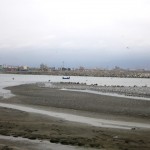
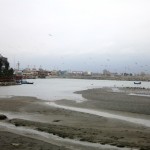
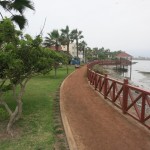
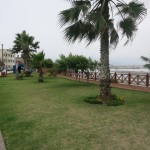

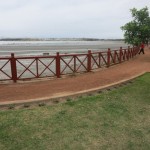

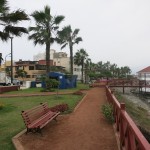
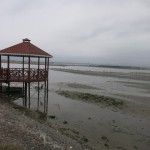
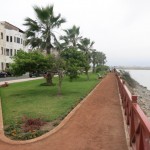
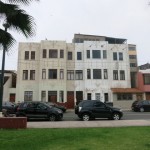
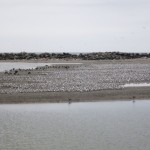
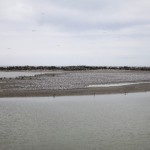
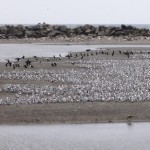
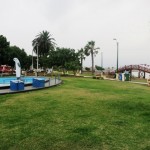
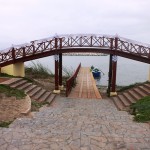
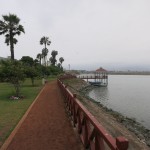
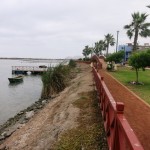
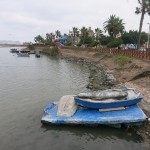
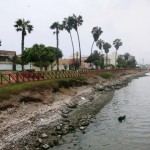
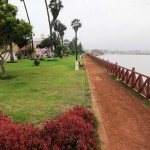
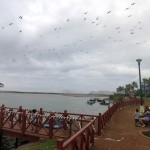
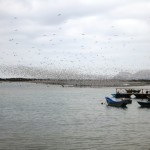
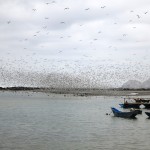
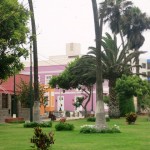
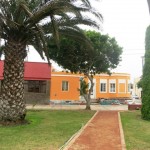
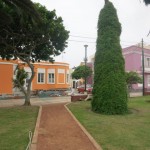
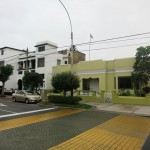
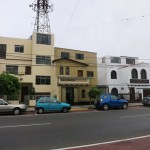
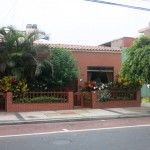
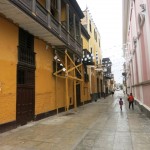
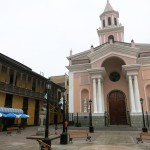
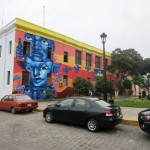

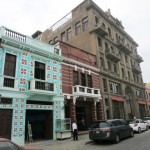
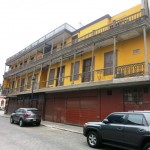
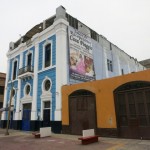

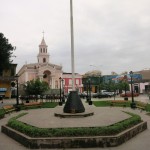
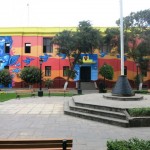

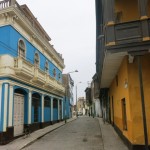
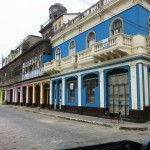
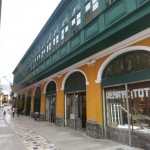
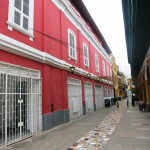
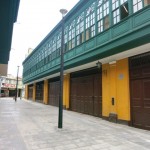
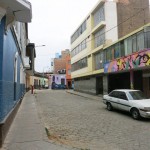
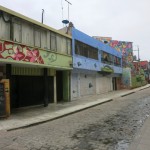

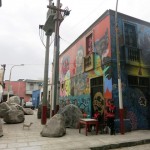
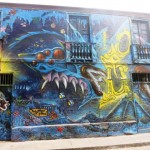
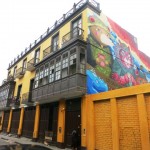
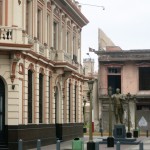
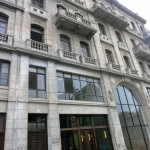
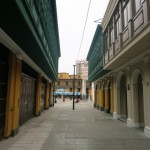
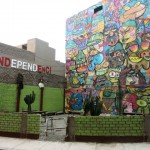
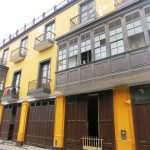
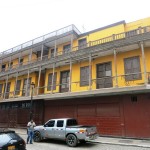
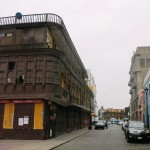
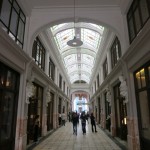
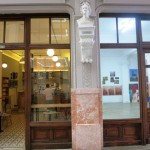
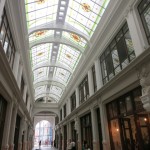
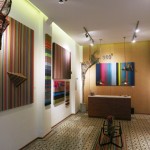
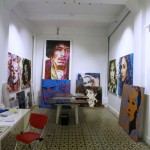
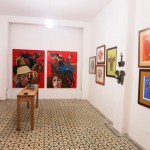
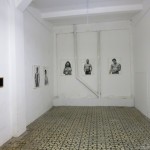
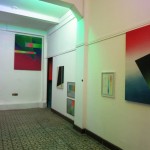
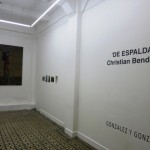
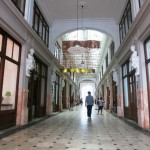
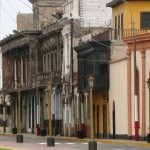
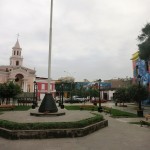
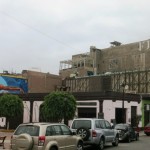
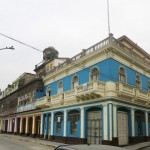
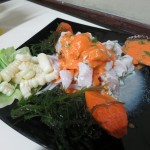

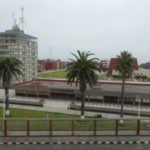
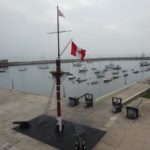
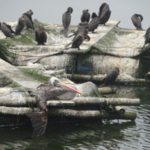
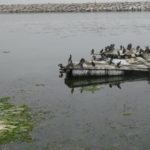
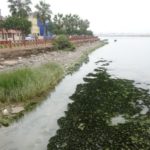
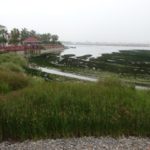
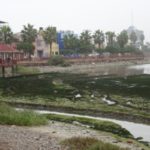

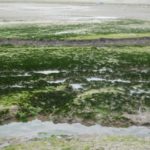
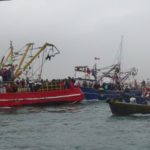
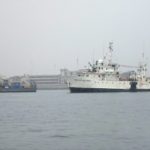
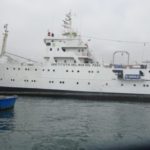
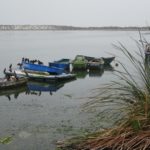
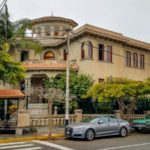
I concur with the author’s view that Callao deserves to be seen on a vist, first for the rather forbidding and scary working class districts one passes through on the way to La Punta (a look at real Lima, both productive and insecure) and then for the 10 blocks or so of gorgeous houses and fabulous vistas as you near the point. Along the way interesting scenes and, at the end, a set of restaurants that equal those of Lima, and that is saying something. I would recommend, in that regard, La Caleta del Punto, where I ate a causa to die for.